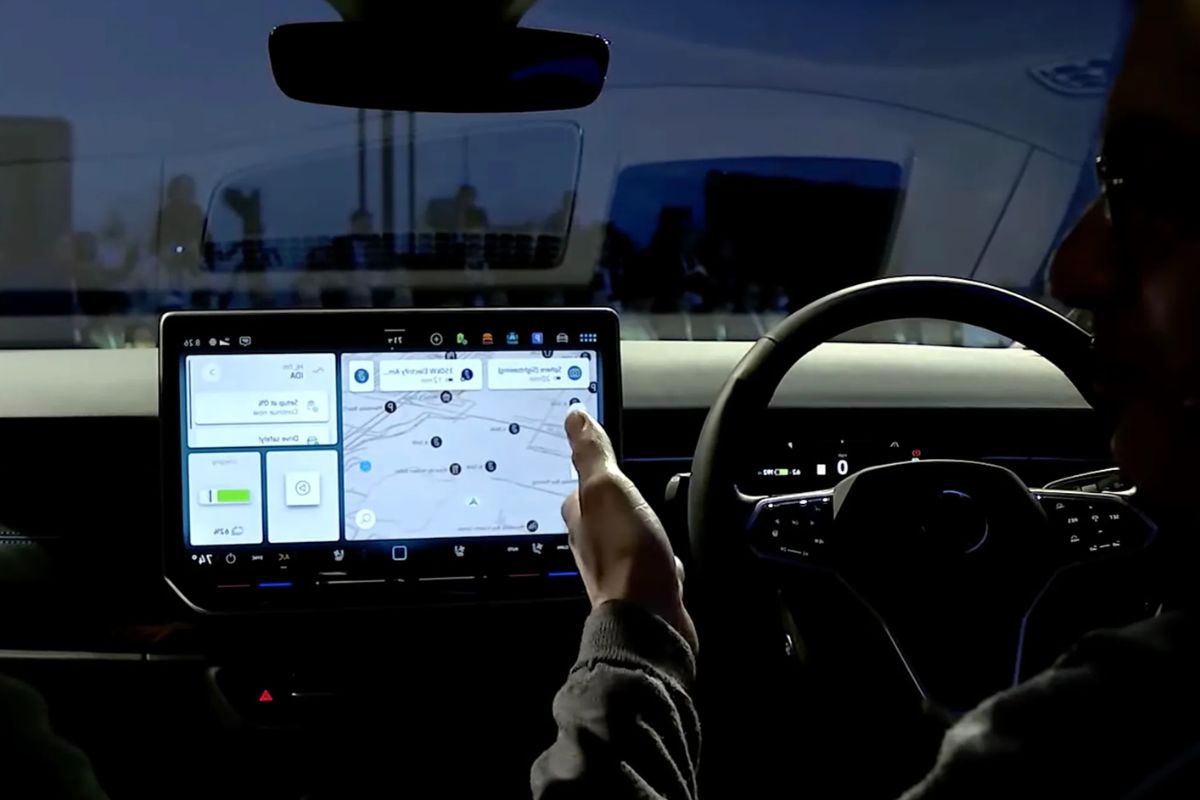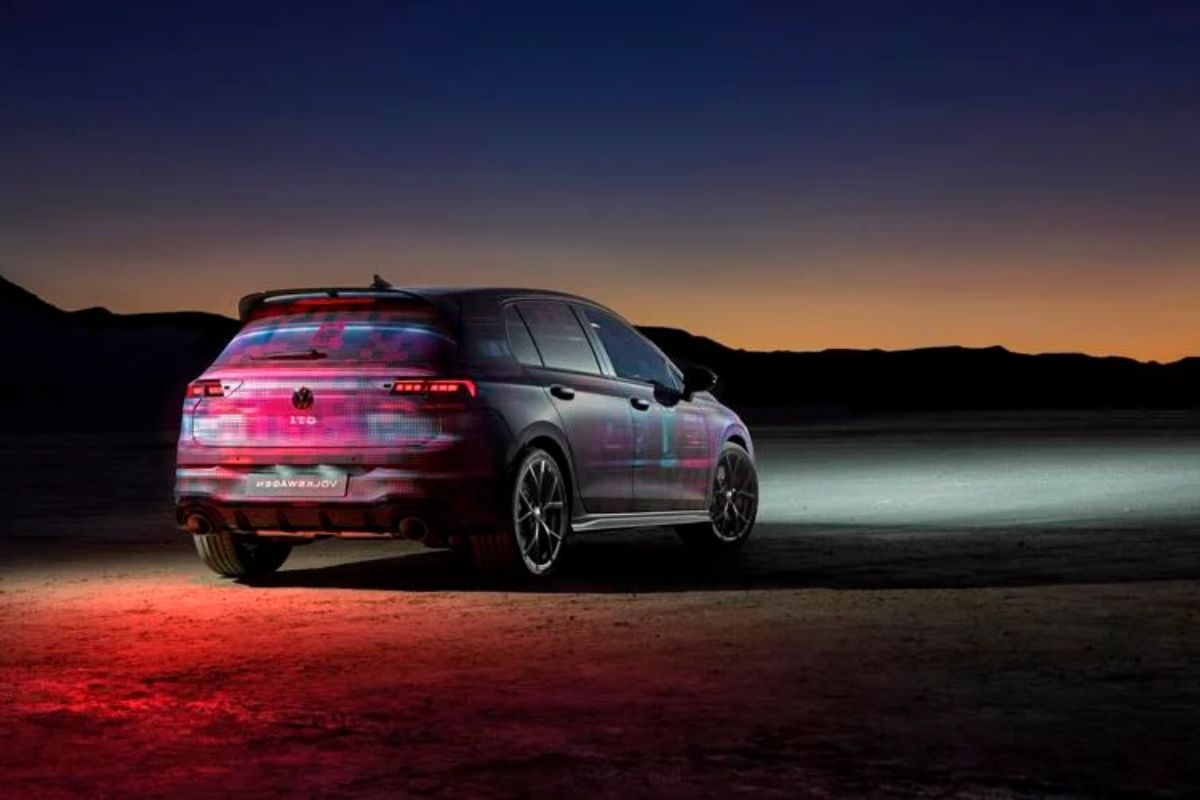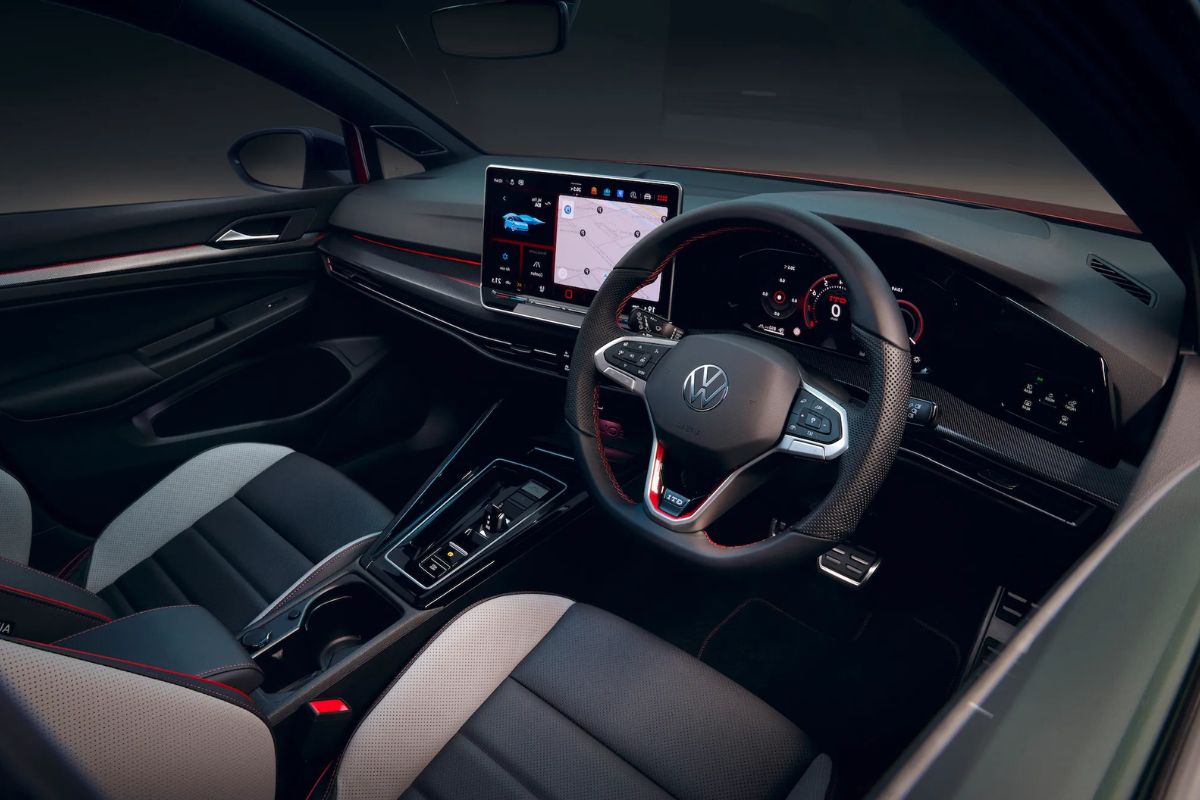ChatGPT in the Driver’s Seat: In a bold move that showcases their commitment to innovation and user experience, Volkswagen is set to revolutionize the way we interact with our vehicles by integrating ChatGPT into their voice assistant systems.
This groundbreaking decision marks a significant milestone in the automotive industry, as it harnesses cutting-edge AI capabilities to enable natural and seamless conversations between drivers and their vehicles.
By addressing the limitations of current voice assistants and positioning themselves as an industry leader, Volkswagen is paving the way for enhanced user experiences and setting a new standard for automotive technology.
But what exactly does this mean for drivers? How will this integration transform our daily commutes and road trips?
Let’s explore the fascinating implications of Volkswagen’s bold move and how it could reshape the future of vehicle conversations.
Key Takeaways
- Volkswagen integrates ChatGPT into its vehicle voice assistant systems, marking a major milestone in the automotive industry.
- ChatGPT enables interactive dialogues between drivers and vehicles, providing a hands-free and distraction-free driving experience.
- ChatGPT revolutionizes user interaction in automobiles, allowing users to control features and access information through natural conversations.
- Volkswagen’s move to make ChatGPT a standard feature in its compact segment cars sets a new standard for AI-powered virtual personal assistants in the automotive industry and positions the company as an industry leader.
Also Read: Volkswagen Xinjiang Audit: A Step Forward, but Investors Demand More Transparency
Volkswagen’s Breakthrough: Integrating ChatGPT into Vehicle Voice Assistants
Volkswagen has made a significant breakthrough by successfully integrating ChatGPT, a powerful conversational AI model, into the voice assistant systems of its vehicles. This integration marks a major milestone in the automotive industry, as it opens up new possibilities for a more intuitive and personalized driving experience.
With ChatGPT, Volkswagen vehicles can now engage in interactive back-and-forth dialogues with users, providing them with a seamless and natural way to control various features and access information. This technology empowers drivers to simply speak their commands and questions, enabling a hands-free and distraction-free driving experience.
Cutting-Edge AI Capabilities: Transforming User Interaction in Vehicles
With the successful integration of ChatGPT into the voice assistant systems of its vehicles, Volkswagen has ushered in a new era of user interaction in automobiles, revolutionizing the way drivers engage with their cars. The cutting-edge AI capabilities of ChatGPT have transformed the vehicle-user relationship, enabling a more intuitive and personalized experience.
This advanced AI model can recognize and respond to various user commands, making it possible to adjust the temperature, provide information on nearby restaurants, and much more. The table below provides a glimpse into the transformative impact of AI on user interaction in vehicles:
| AI Capabilities | Benefits |
|---|---|
| Recognizing user commands | Enables hands-free operation |
| Adjusting temperature | Provides personalized comfort |
| Offering restaurant information | Enhances convenience while driving |
| Recommending nearby attractions | Facilitates exploration |
| Assisting in navigation | Improves driving experience |
These AI capabilities not only enhance the functionality of Volkswagen vehicles but also elevate the overall driving experience, making it safer, more enjoyable, and seamlessly integrated with the digital world.
Addressing Industry Limitations: Volkswagen’s Vision for Seamless Usage
To address industry limitations and enhance user experience, Volkswagen envisions a future of seamless usage in vehicles. The integration of generative AI, such as ChatGPT, represents a crucial step forward in transforming the way users interact with their vehicles.
Here are three key reasons why Volkswagen’s vision for seamless usage is groundbreaking:
- Overcoming existing limitations: Current systems like Apple CarPlay or Android have their limitations, often requiring physical touch to perform functions. Volkswagen aims to address these limitations by leveraging ChatGPT’s capabilities, enabling users to perform various tasks without the need for physical buttons.
- Intuitive and user-friendly: Volkswagen recognizes the importance of creating a user-friendly experience. By enabling conversations with the vehicle, users can interact with their cars in a more natural and intuitive way, enhancing overall convenience and satisfaction.
- Enhanced safety: With seamless usage, drivers can keep their hands on the wheel and eyes on the road, reducing distractions and promoting safer driving practices.
Volkswagen’s vision for seamless usage demonstrates their commitment to revolutionizing the driving experience by leveraging cutting-edge AI technology.
Pioneering Move: Volkswagen Positions Itself as an Industry Leader
Positioning itself as an industry leader, Volkswagen’s pioneering move to make ChatGPT a standard feature in its compact segment cars sets a new standard for AI-powered virtual personal assistants in the automotive industry. By embracing this technology, Volkswagen demonstrates its commitment to innovation and meeting the evolving needs of consumers.
This bold move not only distinguishes Volkswagen from its competitors but also positions the company at the forefront of the industry’s digital transformation. As the first volume manufacturer to implement ChatGPT across its compact segment cars, Volkswagen is paving the way for other automakers to follow suit. This strategic decision aligns with the broader industry trend of integrating AI-powered virtual personal assistants into vehicles, as seen with General Motors and Mercedes-Benz.
Volkswagen’s leadership in this area showcases its dedication to enhancing the driving experience and redefining the future of mobility.
Industry-Wide Trend: Enhancing User Experiences with AI in Automotive Technology
The integration of advanced AI technologies in the automotive industry is driving a trend towards enhancing user experiences and revolutionizing automotive technology.
As vehicles become more connected and autonomous, AI is playing a crucial role in making interactions between drivers and their cars more intuitive and seamless.
Here are three ways AI is enhancing user experiences in automotive technology:
- Personalized Assistance: AI-powered voice assistants, like ChatGPT, enable drivers to have natural and personalized conversations with their vehicles, allowing them to perform tasks hands-free and with ease.
- Intelligent Navigation: AI algorithms can analyze real-time traffic data, weather conditions, and driver preferences to provide optimized navigation routes, saving time and improving overall driving experience.
- Predictive Maintenance: AI can monitor vehicle performance and analyze data to detect potential issues before they become major problems, allowing drivers to proactively address maintenance needs and avoid breakdowns.
The automotive industry is embracing AI to create a future where vehicles not only transport us but also understand and cater to our needs, making every journey safer and more enjoyable.
Conclusion Of ChatGPT in the Driver’s Seat
Volkswagen’s integration of ChatGPT into its vehicle voice assistants represents a groundbreaking move in the automotive industry.
By harnessing cutting-edge AI capabilities, Volkswagen aims to enhance user interaction and create a seamless user experience.
This pioneering initiative positions Volkswagen as an industry leader, paving the way for the integration of AI in automotive technology.
With the increasing trend of using AI to enhance user experiences, Volkswagen’s bold move sets the stage for further advancements in the industry.




